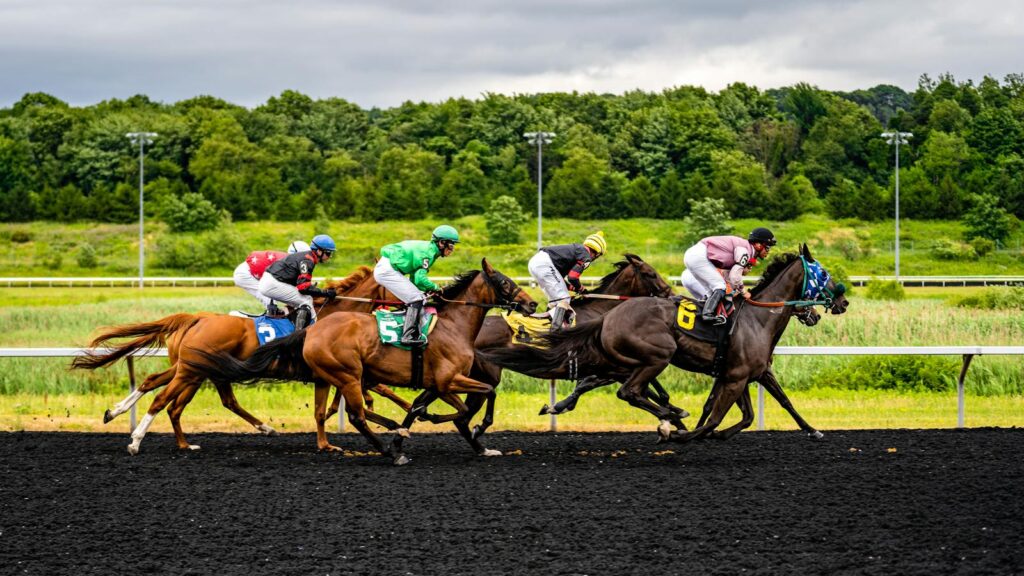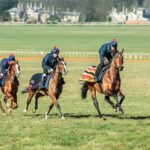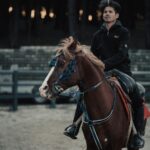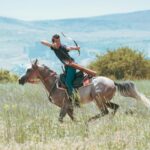The equestrian world stands at a crossroads where tradition meets innovation. For centuries, riding schools have followed similar educational models, teaching horsemanship through time-tested methods passed down through generations. However, as technology advances and societal values shift, the landscape of equestrian education is experiencing unprecedented transformation. Modern riding schools are incorporating everything from virtual reality simulations to welfare-focused training approaches, creating a new paradigm in how people learn to ride and interact with horses. This evolution raises important questions about the future of riding instruction and what tomorrow’s equestrian education might look like.
The Digital Revolution in Equestrian Education
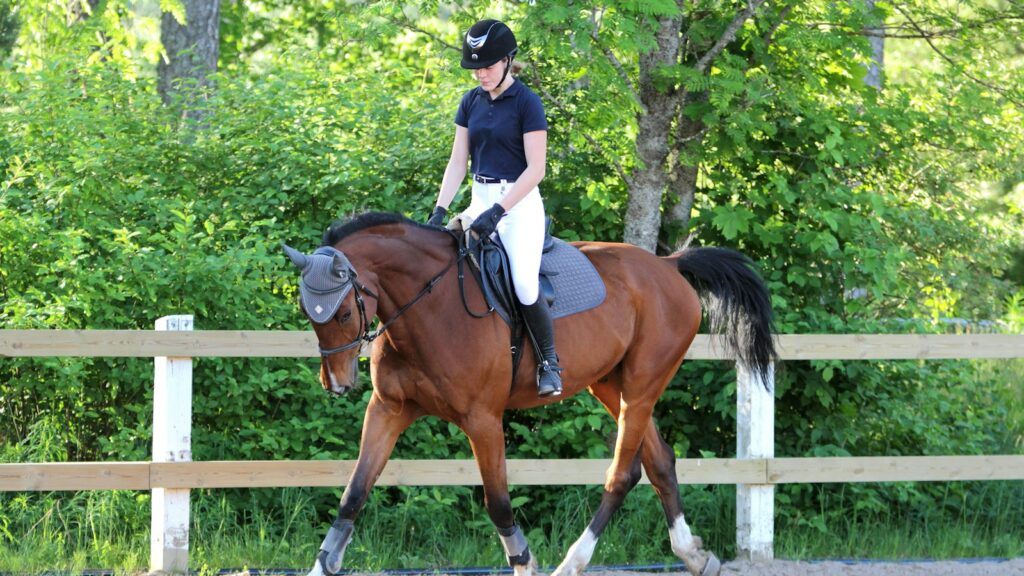
Technology has galloped into riding schools at an impressive pace, revolutionizing how riding is taught and experienced. Virtual reality simulators now allow students to practice their seat and position before ever mounting a real horse, providing a safe environment to develop muscle memory and correct positioning. Mobile applications track rider progress, offering instant feedback on posture, rein contact, and leg position through sensors attached to both horse and rider. Online learning platforms have also expanded access to world-class instructors, with riders in remote locations now able to receive guidance from Olympic medalists through video analysis and virtual coaching sessions. These digital tools are complementing rather than replacing traditional instruction, creating a hybrid approach that many schools find maximizes learning outcomes while prioritizing safety.
Welfare-Centered Training Approaches
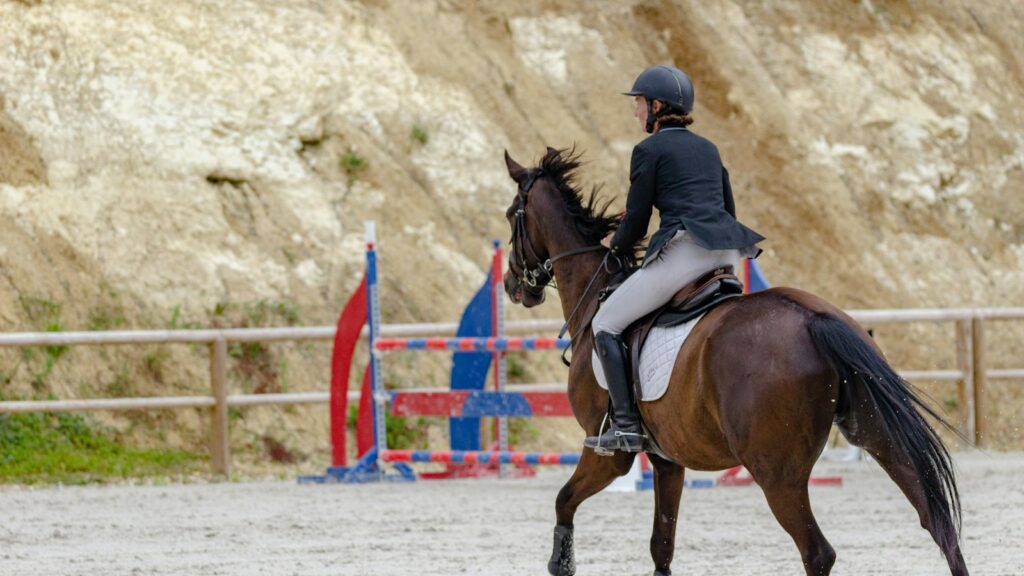
The future of riding school education increasingly places horse welfare at its core, moving away from mechanical approaches that sometimes prioritized results over equine well-being. Progressive schools are incorporating the latest research in equine cognition, behavior, and biomechanics to develop training methods that work with the horse’s natural psychology and physical capabilities. Positive reinforcement training techniques, once considered fringe, are becoming mainstream as research demonstrates their effectiveness in creating willing equine partners rather than compliant servants. Schools embracing this approach are reporting happier horses with longer working lives, reduced behavioral issues, and more engaged, empathetic riders who develop deeper connections with their equine partners. This shift represents not just a change in technique but a fundamental reimagining of the human-horse relationship in educational settings.
Inclusive and Adaptive Programming
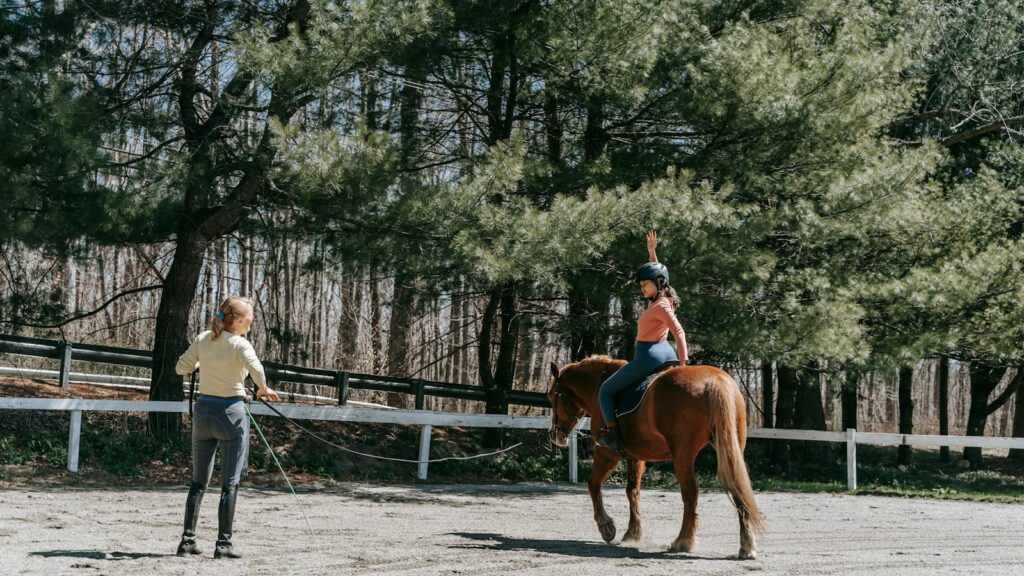
The riding schools of tomorrow are breaking down barriers that have historically made equestrian sports exclusive. Innovative facilities are designing programs that accommodate riders of all physical abilities, incorporating adaptive equipment and specialized training for instructors working with disabled riders. Cultural inclusivity initiatives are addressing the sport’s reputation for elitism, with scholarship programs and community outreach efforts making horsemanship accessible to underrepresented populations. Age-inclusive programming is also expanding, with specialized curricula for adult beginners who might feel intimidated in traditional learning environments dominated by younger riders. Schools pioneering these approaches are not only expanding their client base but enriching the equestrian community with diverse perspectives and experiences that benefit all participants.
Simulation and Mechanical Horsemanship
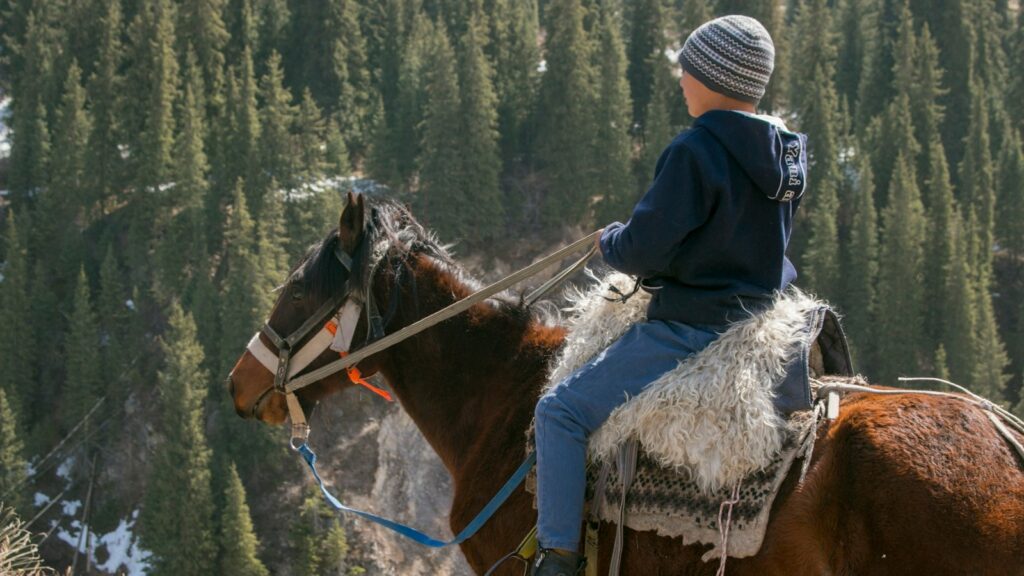
Advanced riding simulators are transforming beginner education by offering controlled, repeatable experiences that build confidence before students progress to live horses. These sophisticated machines can replicate various gaits, transitions, and even jumping sensations, allowing riders to develop muscle memory and balance in a consistent environment. Some cutting-edge simulators incorporate visual displays that immerse riders in virtual landscapes, teaching trail riding skills or cross-country techniques without risk. Mechanical training aids like automated lunge systems also allow riders to practice independently while receiving automated feedback on position and movement. While purists sometimes question the authenticity of these experiences, research increasingly supports their effectiveness as supplementary tools, particularly for nervous beginners or riders rehabilitating from injuries who benefit from the predictable, controlled environment.
Specialized Focus Over General Horsemanship
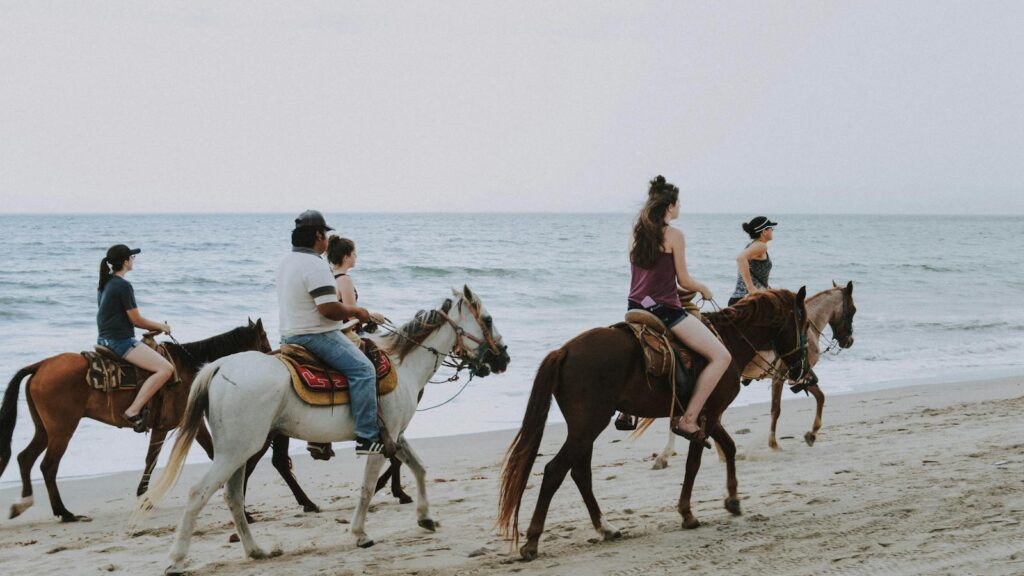
Traditional riding schools typically offered generalized education, giving students a broad foundation before they specialized in disciplines like dressage, jumping, or western riding. The future trend, however, points toward early specialization with riding schools increasingly offering discipline-specific tracks from the beginning. Biomechanics-focused dressage programs, technical jumping academies, and western performance centers are attracting students who arrive with clear goals rather than general interest. This specialization allows for more advanced instruction earlier in a rider’s development, potentially accelerating progress in competition-focused environments. The trade-off, some experts caution, is the potential loss of the well-rounded horsemanship that comes from broader education, raising questions about whether future generations of riders will have the versatility and fundamental horse knowledge that characterized previous eras.
Data-Driven Instruction and Progress Tracking

The digitization of riding education has introduced sophisticated metrics for tracking rider development and horse performance. Forward-thinking schools are employing wearable technology that measures rider position, balance, and aids application, providing objective data that complements subjective instructor feedback. These systems can identify patterns and inconsistencies that might be difficult to spot with the naked eye, allowing for more targeted instruction. Horse monitoring systems simultaneously track equine vital signs, movement symmetry, and stress indicators, ensuring welfare concerns are identified before they become problematic. The compilation of this data over time creates comprehensive progress reports that allow students to visualize their improvement, increasing motivation and providing clear evidence of the return on their educational investment.
Environmental Sustainability in Equestrian Facilities
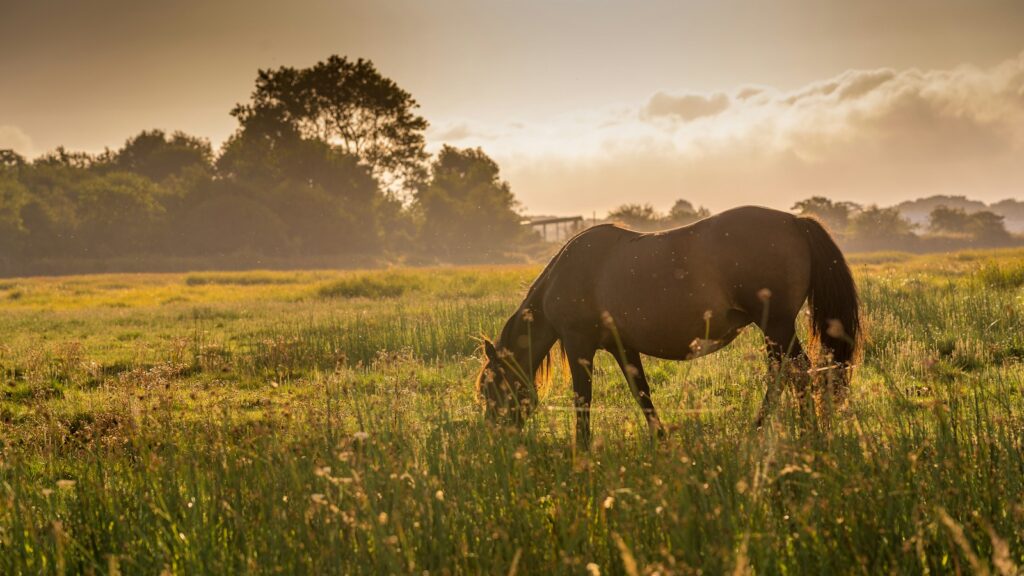
The riding schools of tomorrow are increasingly prioritizing environmental responsibility, recognizing that equestrian facilities traditionally have substantial ecological footprints. Progressive schools are implementing solar-powered arenas, rainwater collection systems for irrigation, and composting programs that convert horse waste into valuable garden material. Eco-friendly footing materials made from recycled products are replacing traditional surfaces that required frequent replacement and disposal. Some forward-thinking facilities are even redesigning their property layouts to incorporate permaculture principles, creating sustainable ecosystems where horses integrate with the natural environment rather than being separated from it. These practices not only reduce operating costs over time but also educate the next generation of equestrians about responsible land stewardship, potentially transforming the industry’s approach to environmental issues.
Remote Learning and Virtual Coaching

The pandemic accelerated the adoption of remote learning solutions in riding education, and many of these innovations have proven valuable enough to remain permanent fixtures. Students now frequently record their rides for asynchronous instructor feedback, allowing for more frequent assessment than weekly in-person lessons could provide. Virtual classroom components cover theoretical aspects of horsemanship, from anatomy to training theory, freeing precious saddle time for practical application rather than explanation. International masterclasses once limited to those who could travel now reach global audiences through livestreaming platforms, democratizing access to elite instruction. While hands-on guidance remains irreplaceable for certain aspects of riding education, this hybrid approach is expanding educational opportunities and creating more flexible learning paths for students with limited time or transportation constraints.
Community-Based and Cooperative Models

Economic pressures and changing social values are driving innovations in how riding schools are structured and operated. Cooperative ownership models where riders become stakeholders in the facility are gaining popularity, creating communities with shared investment in the quality of care and instruction. Working student programs are evolving beyond the traditional exchange of labor for lessons, incorporating formal educational components that lead to recognized qualifications in equine management. Some urban areas are seeing the emergence of community riding centers operating on public land with nonprofit structures, making riding accessible in places where private facilities would be economically unfeasible. These alternative business models are challenging the traditional private ownership approach that has dominated the industry, potentially creating more sustainable and accessible pathways for equestrian education.
Integration with Academic Education

Progressive riding schools are forging partnerships with academic institutions to create integrated educational experiences that develop both intellectual and equestrian abilities. STEM-focused riding programs teach principles of physics, biology, and mathematics through practical application in the barn and arena, making abstract concepts tangible through equestrian examples. College preparatory programs combine rigorous academic schedules with professional riding instruction, preparing students for equestrian scholarships at universities with NCAA equestrian teams. Vocational training pathways offer certification in areas like equine veterinary assistance, barn management, or riding instruction alongside practical riding education. These integrated approaches recognize that equestrian education develops valuable transferable skills including responsibility, communication, and problem-solving that complement traditional academic learning.
Psychological Approaches to Rider Development

The emotional and psychological dimensions of riding are receiving unprecedented attention in forward-thinking schools. Sports psychology principles once reserved for elite competitors are being adapted for recreational riders, with mental skills training becoming as important as physical technique. Mindfulness practices help riders develop focus and emotional regulation that benefits both their performance and their horses’ well-being. Fear management protocols for riders recovering from falls or accidents are becoming standardized, recognizing that psychological recovery is as important as physical healing. Some innovative programs are even incorporating therapeutic elements, using the horse-human bond to address confidence issues, anxiety, or other psychological challenges that may be impeding riding progress. This holistic approach recognizes that riding excellence requires mental mastery alongside physical skill.
Balancing Innovation with Classical Foundations
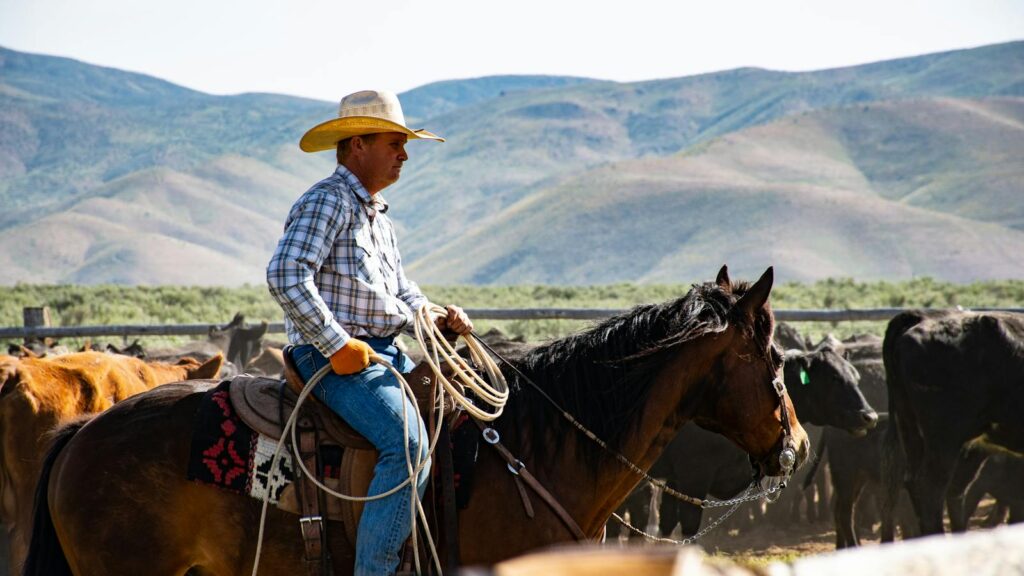
Perhaps the greatest challenge facing riding schools is determining which traditions to preserve while embracing beneficial innovations. The classical principles of horsemanship have endured for centuries because they work, reflecting fundamental truths about equine biomechanics and psychology. Progressive educators are finding ways to honor these timeless foundations while incorporating scientific advances and technological tools that enhance understanding and accelerate learning. Schools that successfully navigate this balance often present classical principles through modern communication methods, using technology to make traditional wisdom more accessible and engaging to contemporary students. The most promising future for riding education appears to lie not in wholesale rejection of tradition nor resistance to change, but in thoughtful integration that respects the wisdom of the past while embracing the possibilities of the future.
conclusion
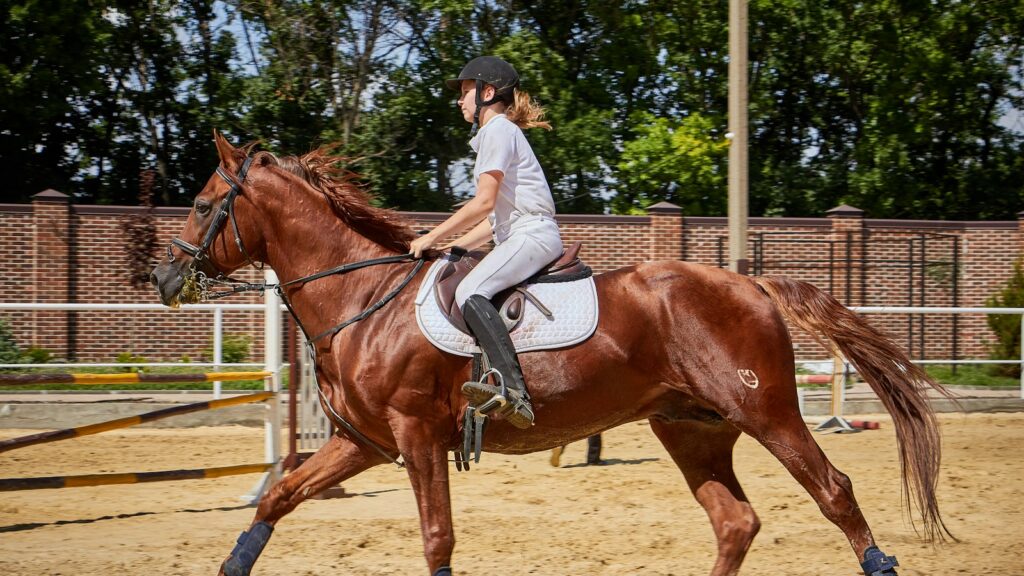
As we look to the horizon of equestrian education, it’s clear that riding schools are undergoing profound transformation. The integration of technology, emphasis on welfare, commitment to inclusivity, and evolution of business models all point to a future that looks markedly different from the traditional riding school of the past. Yet amid this change, the fundamental relationship between horse and human remains at the heart of the experience. The riding schools that will thrive in this new landscape will be those that harness innovation to deepen this connection rather than distract from it, creating educational experiences that honor both equine nature and human potential. This balanced approach promises not just to preserve equestrian education but to revitalize it for generations to come.

